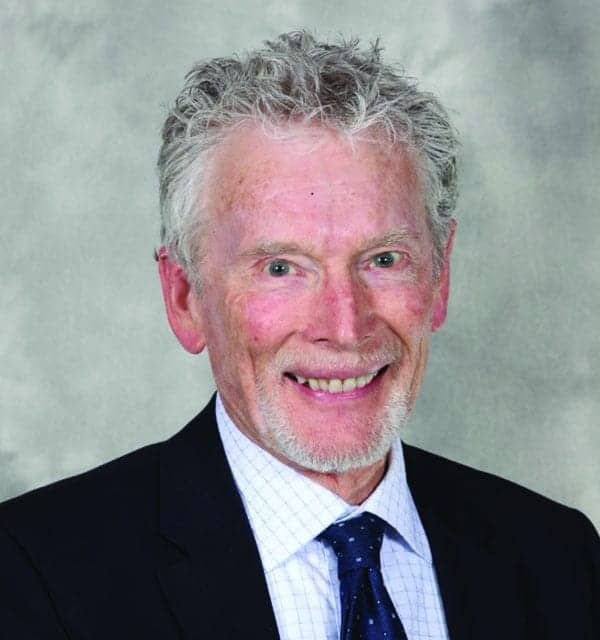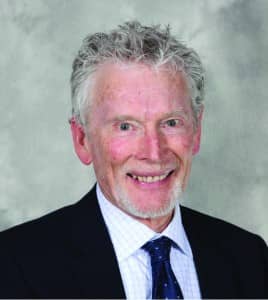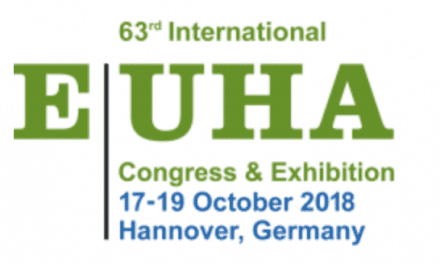Final Word | July 2015 Hearing Review
A colleague recently pointed me in the direction of a TED Talk on the topic of tying shoes. The speaker pointed out that most adults feel that they have this task down pretty well, and have been able to tie their own shoes since they were 5 years old.
He then stated that we were taught wrong! He went on to demonstrate how the bow knot we were taught isn’t stable, especially with round laces. An adjustment in tying the laces can make a more stable knot.
I not only learned to tie my own shoes early on, but I was an Eagle Scout as a teen, and later went through US Navy Boot Camp where we were required to learn a variety of knots necessary for proper seamanship. I’m not an expert, but I certainly feel that I can tie basic knots, and especially manage tying my shoes. I agreed with the part about trouble with round laces, however, and started questioning myself. I was curious about the assertion that I had been taught wrong and started analyzing how I went through the automatic process of tying my shoes.
To my chagrin, it soon became obvious that the bow I had been taught wasn’t following the basic rule of the square knot (Figure 1) vs the granny knot (Figure 2). The right-over-left and left-over-right pattern of the square knot yields a knot that is more stable and resists slipping.
The right-over-left and right-over-left granny knot tends to slip, just as round shoelaces do when tied in the same fashion.
A proper bow is nothing more than a slightly more complicated square knot. I changed up the initial overhand knot in my shoe tying, yielding a “square” bow knot and found that the laces stayed tight with- out double knots! I was surprised that I had never thought about the bow knot in that way before.
We tend to think that the fundamentals we learned in kindergarten will serve us well throughout life. In general, the sharing and taking turns lessons do work well. The shoe tying is something that we can adjust to make life a little easier and safer, however.
What about some of the things we learned as budding professionals? Maybe we should adjust our thinking. Otoscopy is something that I remember approaching cautiously, because I had never worked so closely with something as delicate as the ear canal and eardrum, and didn’t want to make any mistakes.
I learned to hold the otoscope upside down, bracing a finger or part of my hand against the head of the patient so that any movement by the patient would cause my hand to follow and not cause the speculum to touch a sensitive part of the ear canal or go deeper into the ear than I intended.
Over the years, the method I was taught worked well for most otoscopes, but things got interesting with the advent of video otoscopes. If I held the otoscope upside down, I could end up looking at an inverted image! Depending on the otoscope, a setup change could be made on the controls, or I simply had to change the way I held the camera. Today, with accessories that enable a smart- phone to become an excellent otoscope, even more adjustments in technique are necessary. Those basic lessons were good for the time with the equipment at hand, but we have to adapt when things change.
We tend to hold onto routines and how we approach clinical tasks because we can move through well-practiced activities efficiently. When a new routine or extra step is proposed, it is difficult for us to change. We are right to question change, but we need to respect new evidence and be open to meaningful changes.
Changes in the basic assessment battery have taken place over time. Some very basic procedures and equipment, like tuning forks, continue to be helpful on occasion. Likewise, we have to be ready for a time when evidence might show the standard pure-tone audiogram is helpful on occasion, but the future may have us relying on a completely different battery of tests to rule out medical problems and appropriately fit hearing aids. Will we be ready to adjust and adapt our methods and thinking to reflect the new methods and procedures?
The Final Word? Basic acoustical and physical facts do not change. Our understanding of those facts may change, and as a result, the way we approach diagnosis and treatment may change as well. Sound fundamentals are good things to respect and continue to practice. Looking and listening are basic trouble-shooting techniques with equipment from audiometers to hearing aids. The same can be said about individuals. Good observational skills in an examination, and listening carefully to the patient can yield good insight as to what a problem may be, what needs the patient has, and what treatment may be the best for them.
At the same time, some things we may feel are absolute truths may turn out to be different than what we learned. Just like tying our shoes, opening our minds to the fact that we may not have been thinking correctly about something, and adjusting our behavior can lead to better outcomes.
Dennis Van Vliet, AuD, has been a prominent clinician, columnist, educator, and leader in the hearing healthcare field for nearly 40 years, and his professional experience includes working as an educational audiologist, a private-practice owner, and VP of audiology for a large dispensing network. He currently serves as the senior director of professional relations for Starkey Technologies, Eden Prairie, Minn.
Correspondence can be addressed to HR or: [email protected]?
Original Citation for this article: Van Vliet, D. Knot Always the Best Way: Opening Our Minds and Reassessing What We’ve Learned. Hearing Review. 2015;22(7):50.








